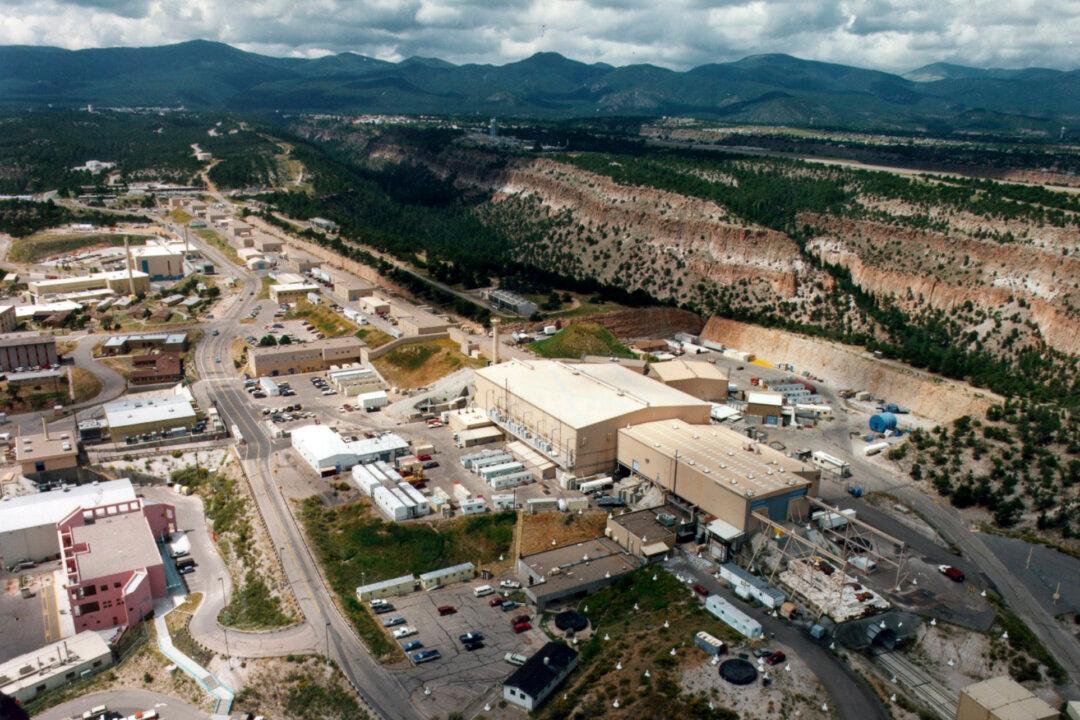A top nuclear laboratory in the United States is at risk from wildfires because some mitigation measures have been ignored in recent years, an audit found.
The Department of Energy’s (DOE) inspector general said the Los Alamos National Laboratory (LANL) in New Mexico is prone to “future large, high-intensity wildfires that could threaten to seriously interrupt mission work,” as a large fire did in 2000.





